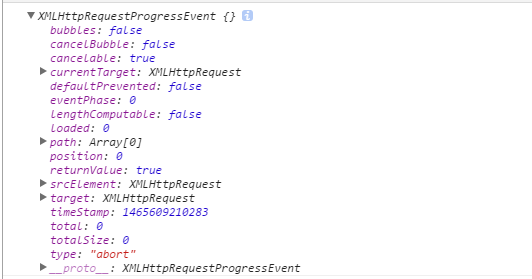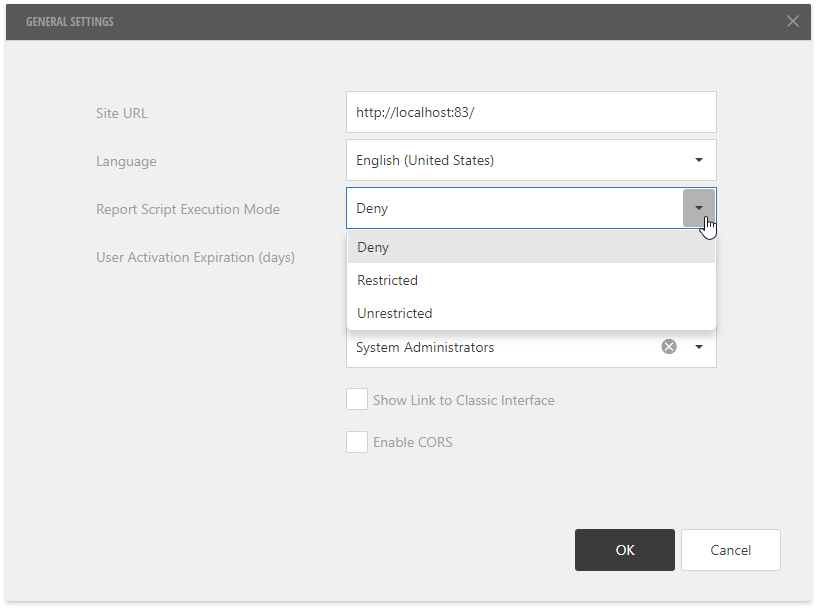I know MAC is 4 first byte of last block encryption, and found this CMAC explanation here but it's kinda hard to understand. And maybe there are already some CMAC AES questions but I'm sorry I can't understand it well.
Anyone can explain how to calculate CMAC? and if necessary with some example code in C#. Thanks
First you need to derive two subkeys from your AES key. The algorithm is described well in RFC4493, but I will include some code samples here for reference.
For this, you will need the AESEncrypt function, which you can write using dotNet AesCryptoServiceProvider:
byte[] AESEncrypt(byte[] key, byte[] iv, byte[] data)
{
using (MemoryStream ms = new MemoryStream())
{
AesCryptoServiceProvider aes = new AesCryptoServiceProvider();
aes.Mode = CipherMode.CBC;
aes.Padding = PaddingMode.None;
using (CryptoStream cs = new CryptoStream(ms, aes.CreateEncryptor(key, iv), CryptoStreamMode.Write))
{
cs.Write(data, 0, data.Length);
cs.FlushFinalBlock();
return ms.ToArray();
}
}
}
And something to shift arrays left by one bit:
byte[] Rol(byte[] b)
{
byte[] r = new byte[b.Length];
byte carry = 0;
for (int i = b.Length - 1; i >= 0; i--)
{
ushort u = (ushort)(b[i] << 1);
r[i] = (byte)((u & 0xff) + carry);
carry = (byte)((u & 0xff00) >> 8);
}
return r;
}
Now just the implementation of the algorithm in RFC4493 remains. I commented the logic from the RFC for easier understanding.
byte[] AESCMAC(byte[] key, byte[] data)
{
// SubKey generation
// step 1, AES-128 with key K is applied to an all-zero input block.
byte[] L = AESEncrypt(key, new byte[16], new byte[16]);
// step 2, K1 is derived through the following operation:
byte[] FirstSubkey = Rol(L); //If the most significant bit of L is equal to 0, K1 is the left-shift of L by 1 bit.
if ((L[0] & 0x80) == 0x80)
FirstSubkey[15] ^= 0x87; // Otherwise, K1 is the exclusive-OR of const_Rb and the left-shift of L by 1 bit.
// step 3, K2 is derived through the following operation:
byte[] SecondSubkey = Rol(FirstSubkey); // If the most significant bit of K1 is equal to 0, K2 is the left-shift of K1 by 1 bit.
if ((FirstSubkey[0] & 0x80) == 0x80)
SecondSubkey[15] ^= 0x87; // Otherwise, K2 is the exclusive-OR of const_Rb and the left-shift of K1 by 1 bit.
// MAC computing
if (((data.Length != 0) && (data.Length % 16 == 0)) == true)
{
// If the size of the input message block is equal to a positive multiple of the block size (namely, 128 bits),
// the last block shall be exclusive-OR'ed with K1 before processing
for (int j = 0; j < FirstSubkey.Length; j++)
data[data.Length - 16 + j] ^= FirstSubkey[j];
}
else
{
// Otherwise, the last block shall be padded with 10^i
byte[] padding = new byte[16 - data.Length % 16];
padding[0] = 0x80;
data = data.Concat<byte>(padding.AsEnumerable()).ToArray();
// and exclusive-OR'ed with K2
for (int j = 0; j < SecondSubkey.Length; j++)
data[data.Length - 16 + j] ^= SecondSubkey[j];
}
// The result of the previous process will be the input of the last encryption.
byte[] encResult = AESEncrypt(key, new byte[16], data);
byte[] HashValue = new byte[16];
Array.Copy(encResult, encResult.Length - HashValue.Length, HashValue, 0, HashValue.Length);
return HashValue;
}
Good luck!




